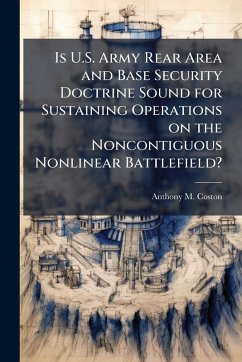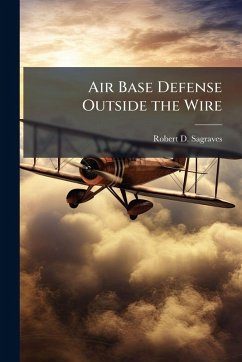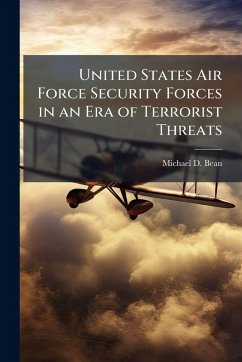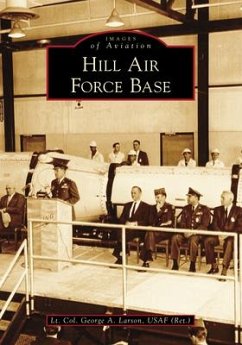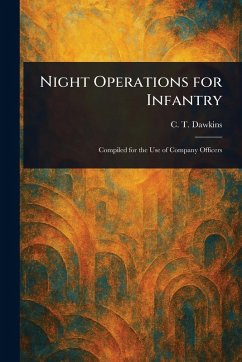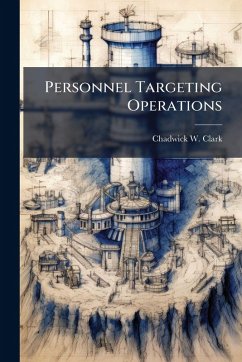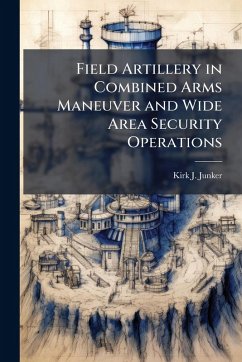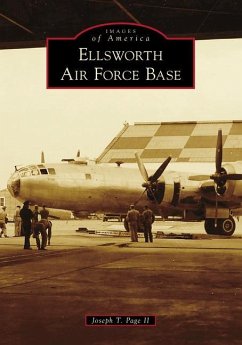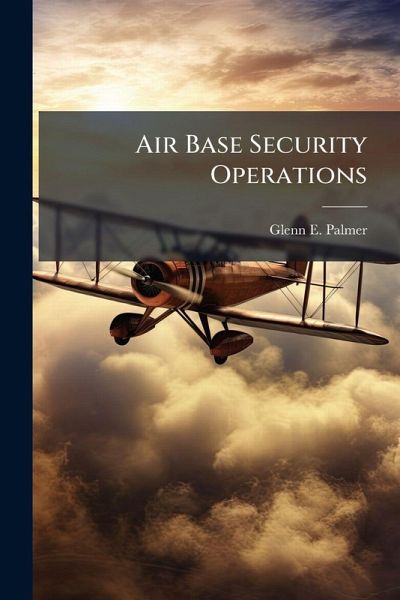
Air Base Security Operations

PAYBACK Punkte
8 °P sammeln!
This study analyzes how USAF Security Forces (SF) must transform from a garrison-based force to one that conducts combat operations "outside the wire." This mission change is necessitated by today's security environment in which adversaries use indirect fires to disrupt air operations or destroy aircraft on the ground. The thesis begins by examining the Royal Air Force's (RAF) creation of an external security force during World War II. The study then recounts USAF security efforts during the Vietnam War and Operation Iraqi Freedom to demonstrate that SF have the capacity to conduct external se...
This study analyzes how USAF Security Forces (SF) must transform from a garrison-based force to one that conducts combat operations "outside the wire." This mission change is necessitated by today's security environment in which adversaries use indirect fires to disrupt air operations or destroy aircraft on the ground. The thesis begins by examining the Royal Air Force's (RAF) creation of an external security force during World War II. The study then recounts USAF security efforts during the Vietnam War and Operation Iraqi Freedom to demonstrate that SF have the capacity to conduct external security operations. It concludes with recommending that the USAF must develop Security Forces with two core competencies--air provost and security operations. The former will provide base law enforcement, while the latter will defend airbases from external attack in hostile theaters of operations. The Air Force Historical Research Agency provided the original source material for Vietnam, while the contextual material is drawn from Roger P. Fox's seminal book Air Base Defense in the Republic of Vietnam 1961-1973. The material on external security operations during Operation Iraqi Freedom is based on a personal account by the task force commander, Lieutenant Colonel Chris Bargery and the interviews conducted by the author. This work has been selected by scholars as being culturally important, and is part of the knowledge base of civilization as we know it. This work was reproduced from the original artifact, and remains as true to the original work as possible. Therefore, you will see the original copyright references, library stamps (as most of these works have been housed in our most important libraries around the world), and other notations in the work. This work is in the public domain in the United States of America, and possibly other nations. Within the United States, you may freely copy and distribute this work, as no entity (individual or corporate) has a copyright on the body of the work. As a reproduction of a historical artifact, this work may contain missing or blurred pages, poor pictures, errant marks, etc. Scholars believe, and we concur, that this work is important enough to be preserved, reproduced, and made generally available to the public. We appreciate your support of the preservation process, and thank you for being an important part of keeping this knowledge alive and relevant.



